Natalma’s first foal, born May 27, 1961, was a feisty little bay colt with a crooked blaze and three socks. It soon became apparent that he wanted everything done his way, but Taylor's wife Winnie was captivated by him. A year later, the pony-sized yearling at Taylor’s Windfields Farm regularly dumped his exercise riders and wasn't above taking a nip out of people. It wasn't that he was mean. He just wanted everyone to know that, despite his physical size, he was the Big Horse!
When Taylor held his annual yearling sale, he set a $25,000 reserve on the chunky little colt. There were no takers. Taylor decided to race him, and Winnie named the colt Northern Dancer. The name could not have been better chosen. The pint-sized colt that no one else wanted would soon be dancing right into the winner's circle.
Canadian jockey Ron Turcotte, who rode Secretariat to his Triple Crown win, actually got his start as a hot walker at Windfields Farm. He rode Northern Dancer to his first victory at two at Fort Erie Racetrack. After that, Northern Dancer went on to win stakes at Woodbine in Toronto and Aqueduct in New York, and was named Canadian Juvenile Champion Colt for 1963. Being towered over by his opponents just seemed to make the colt run faster. Taylor began thinking he might have a Derby horse.
In the spring of 1964, the Dancer won the Flamingo Stakes, defeating Mr. Brick and Quadrangle, and beat The Scoundrel in the Florida Derby. Despite his success with Northern Dancer, regular rider Bill Shoemaker made a fateful decision to jump ship before the Blue Grass Stakes and chose the unbeaten Hill Rise as his Derby mount. Bill Hartack then became the Dancer's new rider and promptly won the Blue Grass, defeating Allen Adair by a length.
Still people didn’t believe he was the real deal. Being a late foal, Northern Dancer was several months younger than many of his opponents and still barely bigger than a pony. As well, he was born in Canada, not known as a big producer of race horses at that time. How could anyone believe that such a horse could win the Kentucky Derby?
Taylor was undeterred. He knew his little horse had determination and courage, and his breeding was excellent. His sire was Horse of the Year in Canada. His grandsires were both champion runners and sires. The genetics all said the little guy could run, and anyone taking a closer look would see the Dancer's bulging muscles, the incredibly deep chest, the neat little ears harkening back to his Arabian ancestors, and that indefinable something as Northern Dancer stared out into the distance with his large, intelligent eyes. Horsemen call it the Look of Eagles.


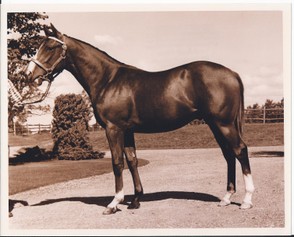
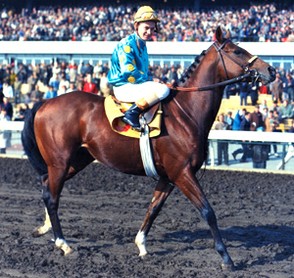
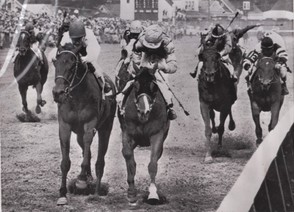
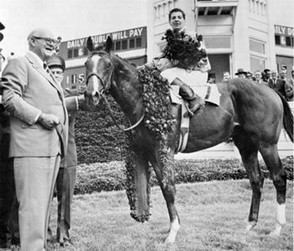
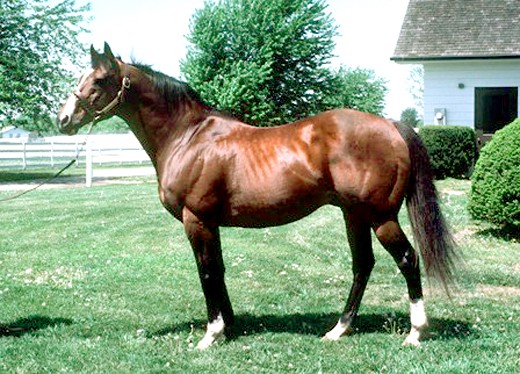
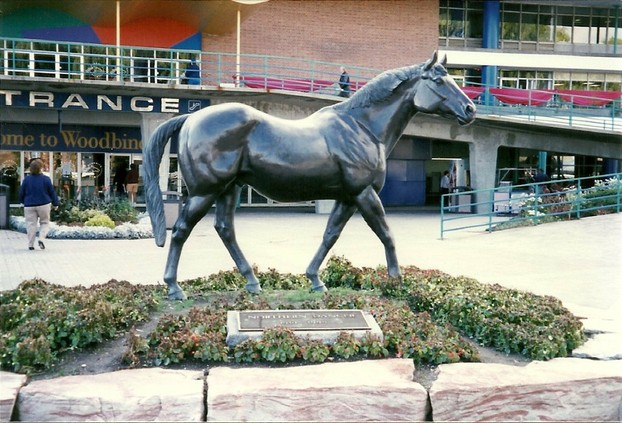





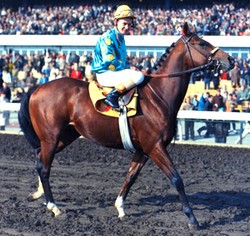

 Versatile Nova Scotia Duck Tolling Retrieverson 08/02/2014
Versatile Nova Scotia Duck Tolling Retrieverson 08/02/2014
 Should You Spay or Neuter Your Puppy?on 08/12/2014
Should You Spay or Neuter Your Puppy?on 08/12/2014
 Horse Racing History: the Preakness Stakeson 05/15/2014
Horse Racing History: the Preakness Stakeson 05/15/2014
 Dinosaurs Will Be On Display in Trenton, Ontario, Canadaon 07/29/2013
Dinosaurs Will Be On Display in Trenton, Ontario, Canadaon 07/29/2013

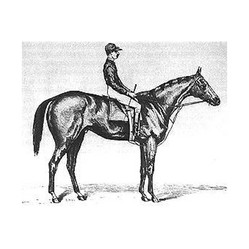
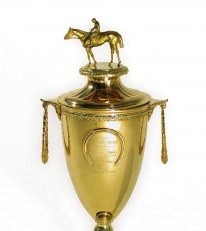
Comments
Enjoyed it!
I followed Northern Dancer's history when I was a kid living in Toronto and in love with horses. You have brought back great and warm memories.